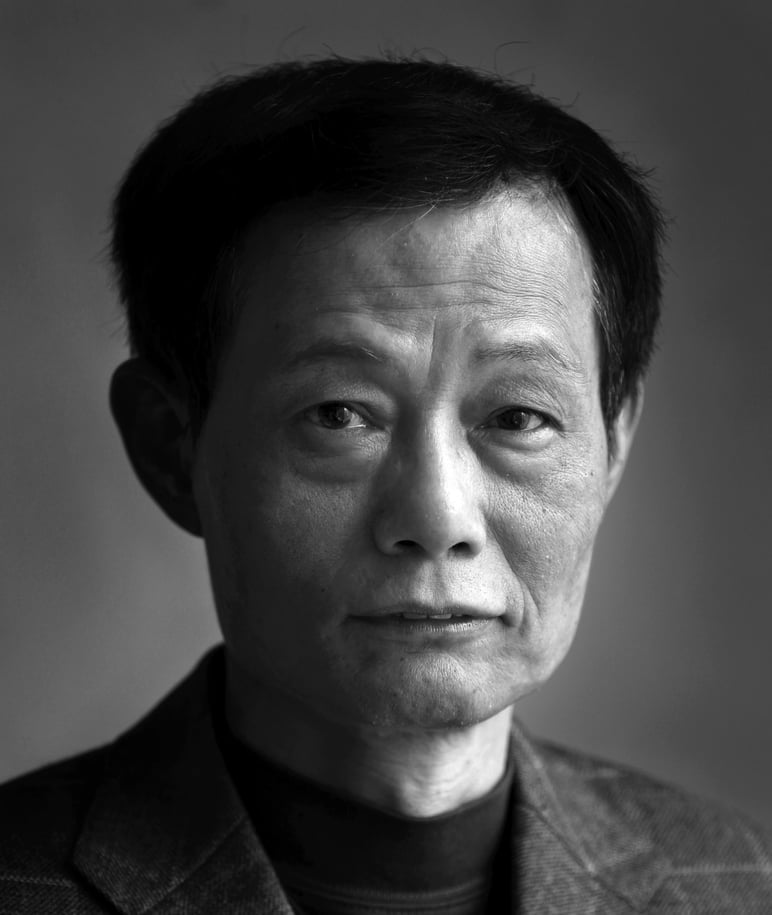
Why China is cosying up to Latin America
Just days after Donald Trump’s victory in the US election, President Xi Jinping (習近平) set off for Latin America – his third trip to the region since taking office in early 2013.
Beijing has laid out a new road map for its relations with Latin American and Caribbean countries in a strategic push to expand its clout on the continent.
China’s growing interest in Latin America is raising many questions in the West, especially in the United States, which has considered the region its backyard since it adopted the Monroe Doctrine in the 1820s. That doctrine states US opposition to any outside intervention in North or South American affairs – and says any such action will be viewed as “the manifestation of an unfriendly disposition towards the United States”.
China maps new road to Latin America to rival and check US influence
This closer engagement with Latin American countries coincides with a US president-elect who has vowed to scrap regional trade deals, build a wall on the Mexico border and deport undocumented immigrants.

The following year, Beijing signed a slew of agreements with Latin American countries promising to double bilateral trade to US$500 billion and increase the total stock of investment between them from less than US$100 billion to US$250 billion within ten years.
Pen is mightier than the sword: Novelists help China’s soft power push in Latin America
China sees its relationship with these countries as primarily economic rather than political or ideological.
Economically, China aims to diversify the sources of energy and materials for its manufacturing-centred economy. It also aims to find new markets for the country’s industrial overcapacity.

China is also using its economic clout to win diplomatic allies and challenge US supremacy and its dominance in the region. Beijing is intent on making friends in the US’ historical sphere of influence to match America’s allies in East and Southeast Asia. The diplomatic offensive is part of a larger plan to make China a world-class power under Xi’s “Chinese dream” of national rejuvenation. Xi also wants to turn China into a maritime force, capable of projecting power, both soft and military.

Nevertheless, the debate in Washington will focus on whether China’s growing clout will undermine American diplomacy in the region, as it runs counter to the Monroe Doctrine. Anyone suspicious of China’s ambitions might point to America’s own history. A little more than a century ago, the US’ construction of the Panama Canal heralded the advent of a new era of American dominance. Now China looks to be doing the same with its work on a 270km Nicaraguan canal that will one day rival the Panama route.
WATCH: Nicaraguans protest against Chinese-led mega canal project
Historically (post-Mao) China’s leadership has eschewed interventionist diplomacy. But the leadership is shifting that policy and it is possible Latin America will become the stage for a showdown between the world’s greatest superpower and a fast-rising one. ■
Cary Huang, a senior writer with the South China Morning Post, has been a China affairs columnist since the 1990s

